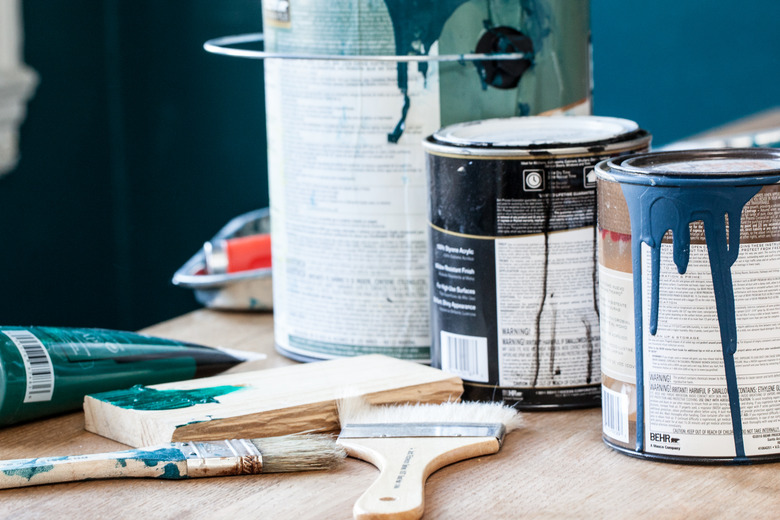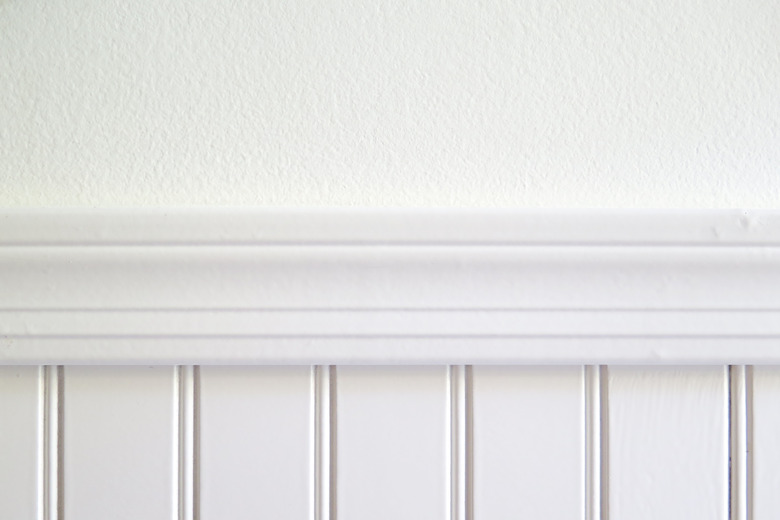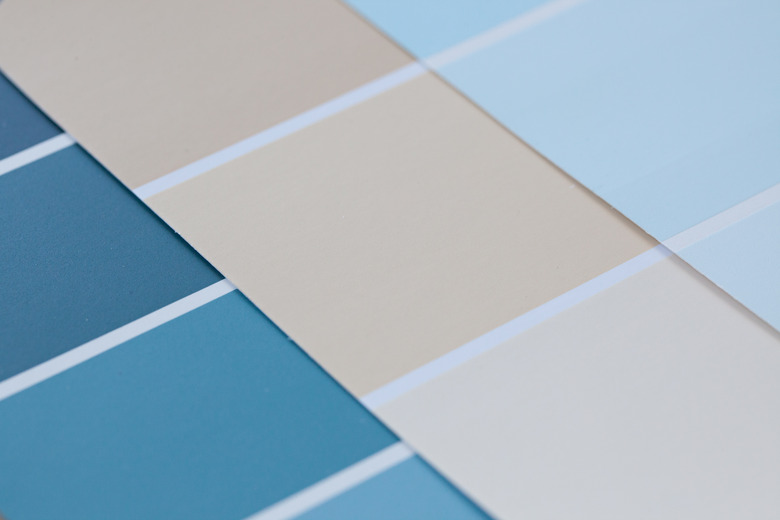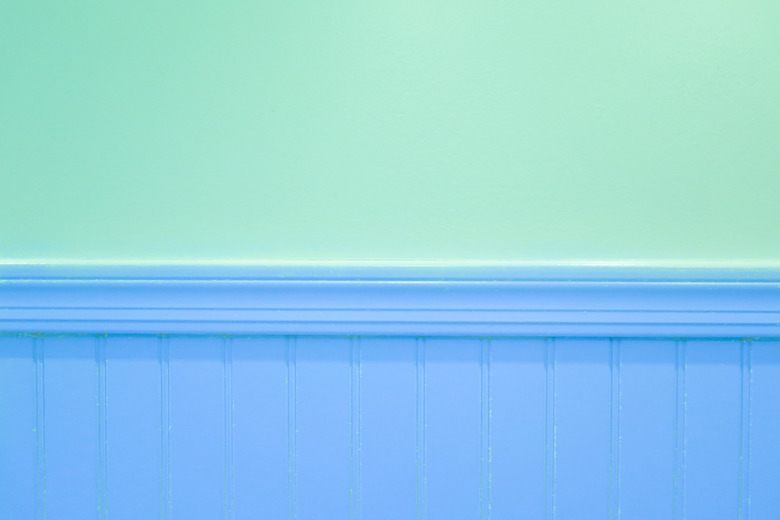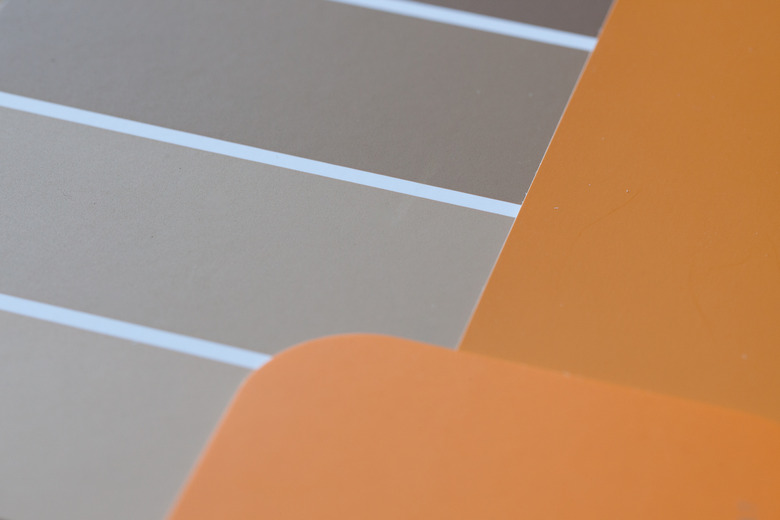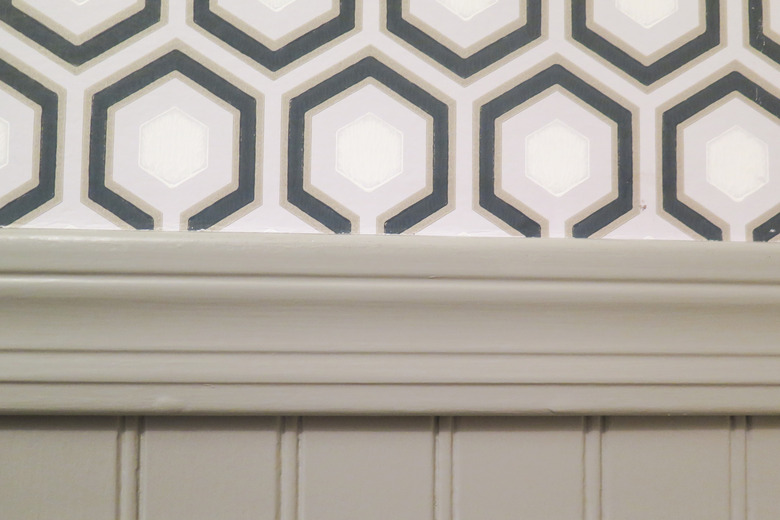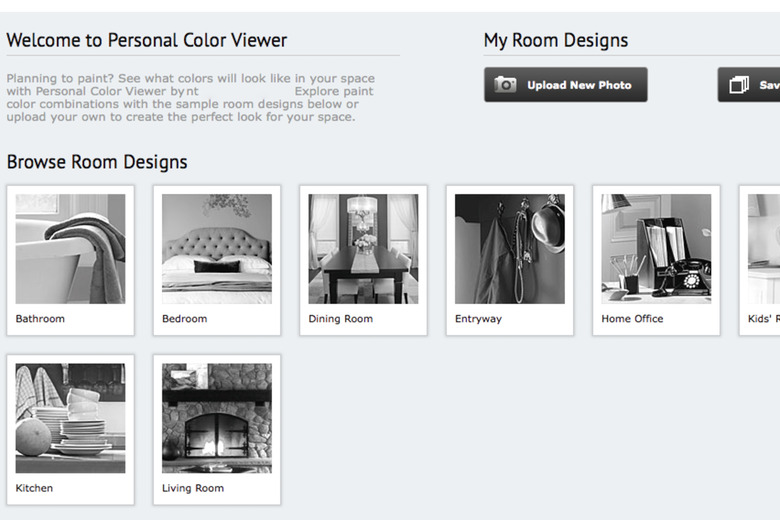How To Balance Wall & Wainscot Paint Colors
Tip
Refrain from painting the wainscot the same exact color as the wall. Wainscoting is meant to accent the wall or items in the room in some fashion.
Look through design magazines and search online for ideas. There are plenty of design schemes you can use as inspiration.
Updating your interior walls with paint is a great way to refresh your space and give it character. Adding wainscoting along with the fresh coat of paint can add a customized look. However, some people struggle with deciding how they should balance the paint colors of the walls and the wainscoting. To determine the colors, take all elements of the room into consideration.
Step 1
Determine the functionality of your room. The traditional color of wainscoting is white. For a small space, white is a great way to open up the space and allow you to paint the wall a darker color. However, that might be a bad choice for a mudroom since there is a lot of traffic going through the room. The type of paint is also important. If it is a high-traffic area, you'll want to use an eggshell or semi-gloss finish on the wainscoting since it is easy to clean.
Step 2
Decide whether you want the wainscoting to stand out from the wall and the trim. If you paint the wainscoting a dark color, you want to keep the trim, baseboard and crown molding a consistent, lighter color.
Step 3
Figure out both the mood you want to portray and any illusions you want to bring out from the paint colors. Using the same color paint on the wainscoting and the wall in different shades will make the room look larger. If you want to make a statement and add weight to the room, paint the wainscoting a dark color and the walls a lighter color.
Step 4
Design the color scheme after taking into account each item that will be placed in the room. If your couch is red, refrain from using two shades of red on your wall and the wainscoting. If you have many colorful items in your room that pop, pick neutral paint colors. If the items are neutral, choose a color that will make a statement and give character to the room.
Step 5
Choose paint colors that strengthen each element. Account for every aspect of your room including the size, functionality, mood and style. Try to keep the design consistent with the style of the rest of the house.
Step 6
Test out color choices using a paint design software. Many paint companies offer software to test out their paint colors online in a room setting. Experiment with dark colors, light colors or a mixture of both. Small paint samples won't be able to give you the full vision for the design. Most design software will allow you to take a picture of your existing space and then upload it to test different colors.
